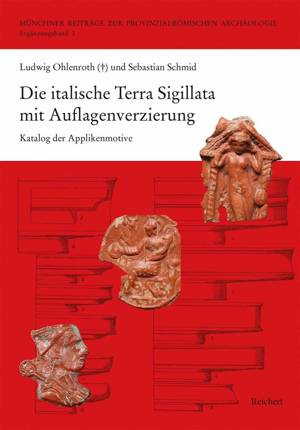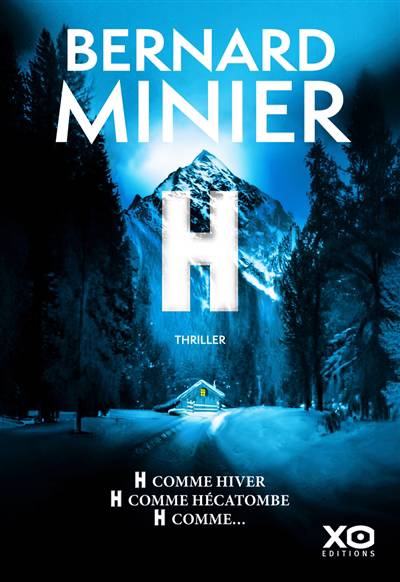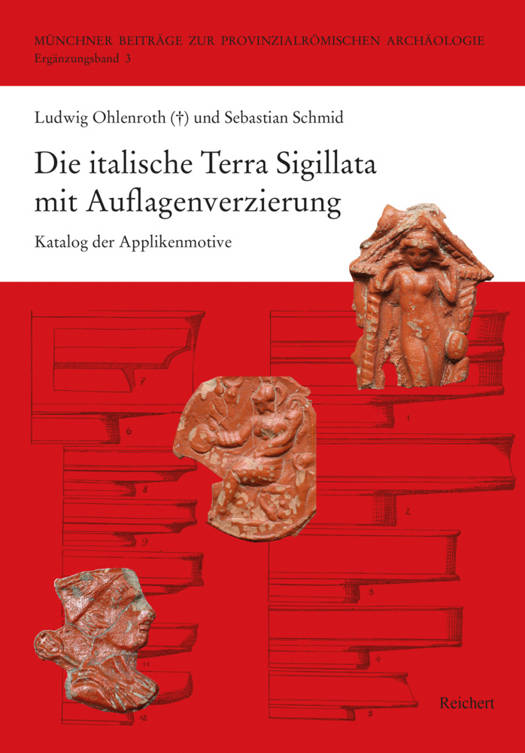
- Retrait gratuit dans votre magasin Club
- 7.000.000 titres dans notre catalogue
- Payer en toute sécurité
- Toujours un magasin près de chez vous
- Retrait gratuit dans votre magasin Club
- 7.000.0000 titres dans notre catalogue
- Payer en toute sécurité
- Toujours un magasin près de chez vous
Die Italische Terra Sigillata Mit Auflagenverzierung
Katalog Der Applikenmotive
Ludwig Ohlenroth, Sebastian Schmid
47,45 €
+ 94 points
Description
English summary: Ludwig Ohlenroth, who was born in Augsburg in 1892 and died there in 1959, was not only active as an excavator and heritage conservation officer for several decades, particularly in Augsburg and Kempten, but was also intensively involved in Roman pottery. Numerous trips took him to museums in Germany and Italy, among other places, where he drew and catalogued early imperial lead-glazed vessels, Aco beakers and Sarius bowls. However, his research interest centred on Italian terra sigillata decorated with appliques, in particular the motifs used as decoration. Ohlenroth began collecting and documenting applique-decorated Italian sigillata in the early 1920s. In 1937, he published an article on this ware, in which he limited himself to the examples from Raetia and Germania, but repeatedly referred to his wider research. He continued this until the 1950s, but was unable to finish it.On more than 1200 vessels, Ohlenroth documented a total of over 900 different types of motifs, which he categorised into motif groups and described in detail. These include not only motifs frequently found on Italian terra sigillata, such as masks or heads, dogs and lions, dolphins, rosettes or various leaves, but also numerous very rare depictions, especially of a figurative nature, many of which are known only from single specimens. They give an impression of the variety and artistic quality of applied decoration on Italian terra sigillata. In addition, Ohlenroth documented the potter's stamps on the vessels and a few vessels in the form of profile drawings. The present volume focuses on Ludwig Ohlenroth's drawings and his detailed catalogue, which had remained unnoticed for many decades as a legacy in the Bavarian State Office for Monument Protection. It is intended to serve as a reference work for the motifs of applique-decorated Italian terra sigillata based on a broad range of material. The legacy with the drawn motifs, edited by S. Schmid, is now supplemented by numerous new colour photographs of appliques, in particular of rare, previously unpublished and unknown depictions. In addition, there are introductory contributions by Schmid on the life and work of Ohlenroth and the genesis of his notes on the appliques. An extensive chapter by Schmid provides an overview of the current state of research into applique-decorated Italian sigillata, including chronology and production. This shows that many of the opinions expressed by Ohlenroth over eighty years ago are still valid today. German description: Der 1892 in Augsburg geborene und dort 1959 verstorbene Ludwig Ohlenroth war nicht nur uber mehrere Jahrzehnte als Ausgraber und Denkmalpfleger vor allem in Augsburg und Kempten tatig, sondern beschaftigte sich auch intensiv mit romischer Keramik. Zahlreiche Reisen fuhrten ihn in Museen u. a. in Deutschland und Italien, in denen er fruhkaiserzeitliche bleiglasierte Gefasse, Aco-Becher und Sarius-Schalen zeichnete und katalogisierte. Im Zentrum seines Forschungsinteresses stand jedoch die applikenverzierte italische Terra Sigillata, insbesondere die als Dekor verwendeten Motive. Bereits in den fruhen 1920er Jahren begann Ohlenroth mit der Sammlung und Dokumentation applikenverzierter italischer Sigillata. 1937 publizierte er einen Artikel zu dieser Ware, in dem er sich zwar auf die entsprechenden Belege aus Raetien und Germanien beschrankte, jedoch immer wieder auf seine daruber hinaus gehenden Untersuchungen Bezug nahm. Diese setzte er bis in die 1950er Jahre fort, ohne sie allerdings abschliessen zu konnen. Auf mehr als 1200 Gefassen dokumentierte Ohlenroth insgesamt uber 900 unterschiedliche Applikentypen, die er in Motivgruppen unterteilte und ausfuhrlich beschrieb. Darunter befinden sich nicht nur auf italischer Terra Sigillata haufig belegte Motive wie Masken bzw. Kopfe, Hunde und Lowen, Delfine, Rosetten oder verschiedene Blatter, sondern auch zahlreiche sehr seltene, oft nur in Einzelstucken nachgewiesene Darstellungen insbesondere figurlicher Art. Sie geben einen Eindruck von der Vielfalt und der kunstlerischen Qualitat der Applikenverzierung auf italischer Terra Sigillata. Daruber hinaus dokumentierte Ohlenroth die auf den Gefassen belegten Topferstempel und wenige Gefasse in Form von Profilzeichnungen. Die Zeichnungen Ludwig Ohlenroths und sein ausfuhrlicher Katalog, die lange Jahrzehnte als Nachlass im Bayer. Landesamt fur Denkmalpflege unbeachtet geblieben waren, stehen im Zentrum des vorliegenden Bandes, der als auf einer breiten Materialbasis beruhendes Bestimmungswerk fur die Motive applikenverzierter italischer Terra Sigillata dienen soll. Der von S. Schmid edierte Nachlass mit den gezeichneten Auflagen wird nun durch zahlreiche neue Farbfotos von Appliken, insbesondere von seltenen, bislang nicht publizierten und bekannten Darstellungen erganzt. Hinzu kommen einleitende Beitrage von Schmid zu Leben und Werk Ohlenroths und zur Entstehung seiner Aufzeichnungen zu den Appliken. Ein umfangreiches Kapitel von Schmid gibt einen Uberblick uber den aktuellen Forschungsstand der applikenverzierten italischen Sigillata, u. a. zur Chronologie und Herstellung. Dabei zeigt sich, dass viele von Ohlenroth vor uber 80 Jahren angestellte Uberlegungen auch heute noch Gultigkeit besitzen.
Spécifications
Parties prenantes
- Auteur(s) :
- Editeur:
Contenu
- Nombre de pages :
- 400
- Langue:
- Allemand
- Collection :
Caractéristiques
- EAN:
- 9783752006155
- Date de parution :
- 08-02-24
- Format:
- Livre relié
- Format numérique:
- Genaaid
- Dimensions :
- 177 mm x 30 mm
- Poids :
- 1065 g

Les avis
Nous publions uniquement les avis qui respectent les conditions requises. Consultez nos conditions pour les avis.






